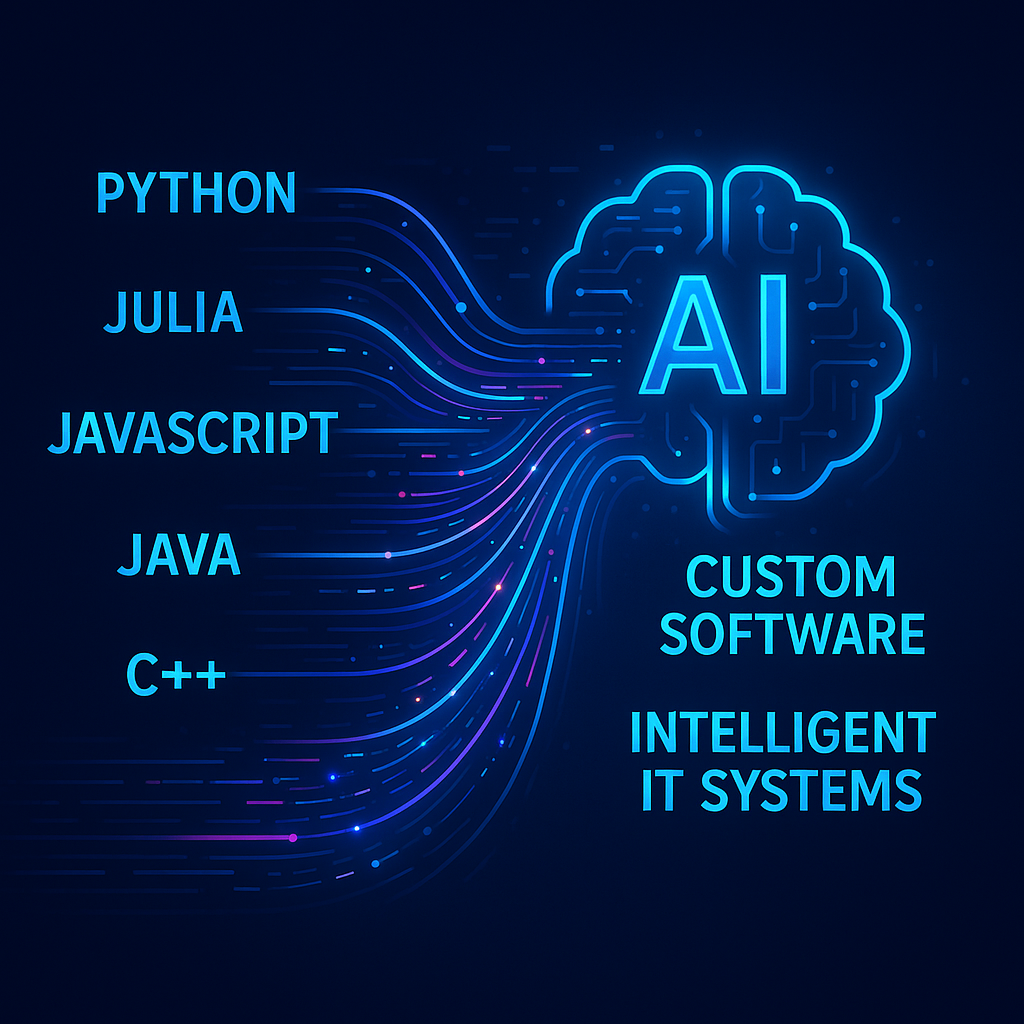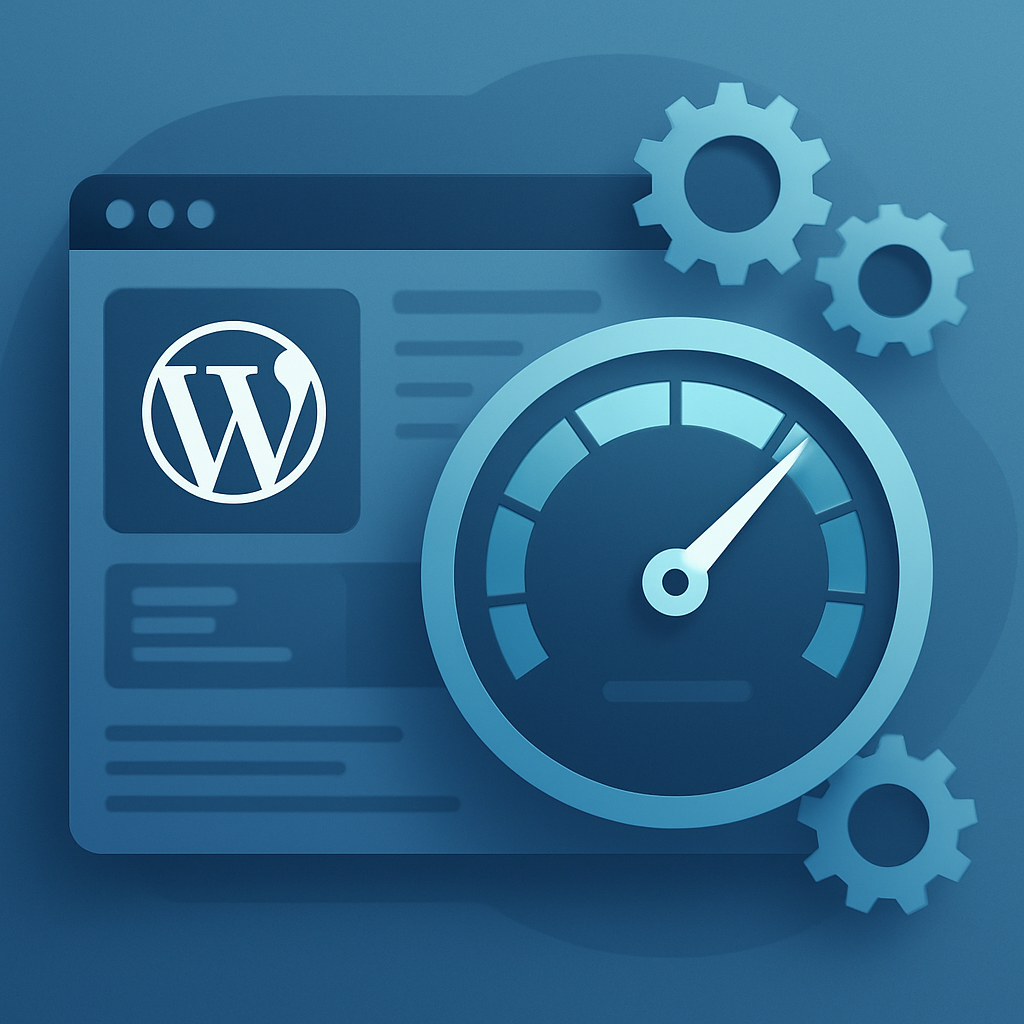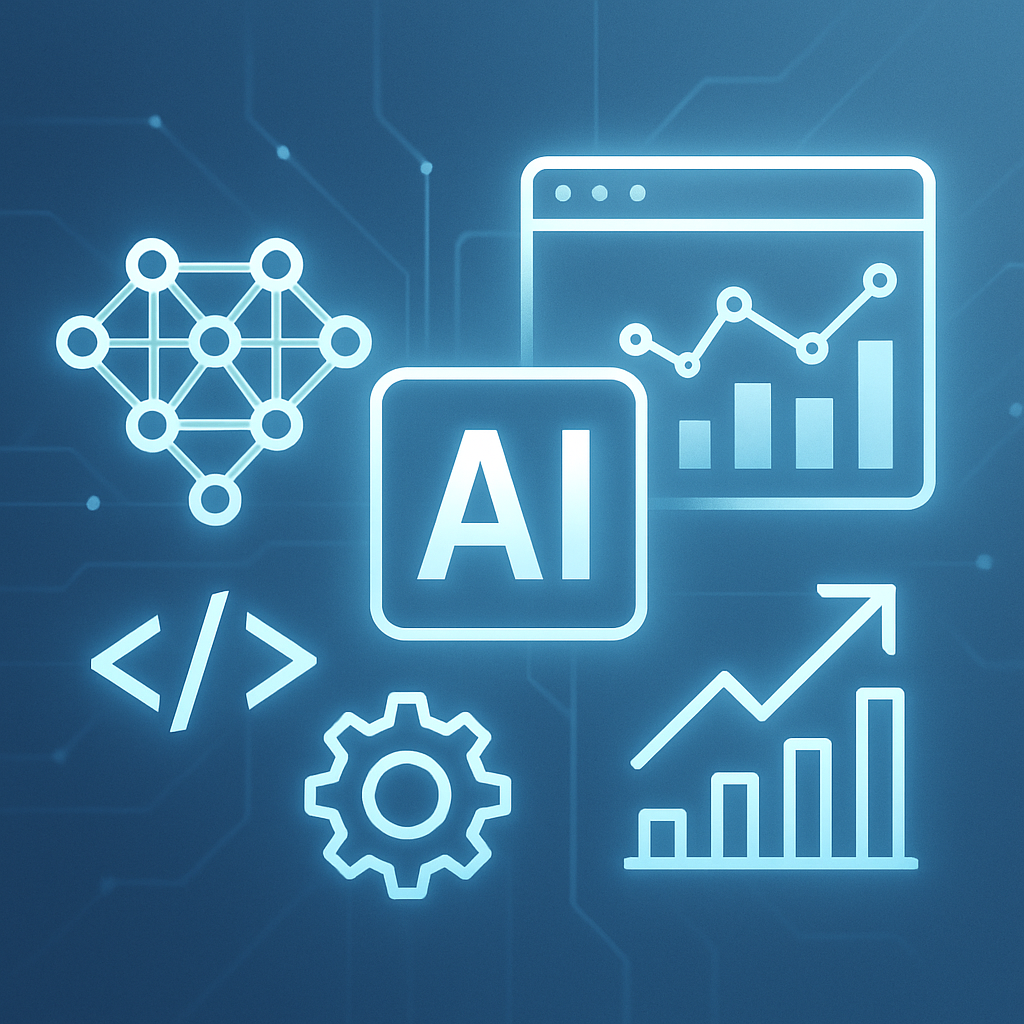
Top Programming Languages for AI-Driven Custom Software & Intelligent IT Systems in 2024
The AI Programming Landscape in 2024
artificial intelligence has become the cornerstone of next-generation custom software and IT systems. The demand for smarter, adaptive, and highly efficient applications continues to push developers and enterprises to select languages that best align with AI-driven project goals. As of 2024, several programming languages stand out for their versatility, ecosystem, and ability to harness AI intelligence effectively.
Key Considerations in Selecting a Programming Language for AI
- Performance and Scalability: AI algorithms often require heavy computations and must scale to large datasets.
- Library and Framework Support: Robust ecosystems with AI-centric libraries accelerate development.
- Community and Industry Adoption: Vibrant communities ensure ongoing support and innovation.
- Interoperability: Many AI projects integrate with other systems requiring flexible language compatibility.
Top Programming Languages Powering AI-Driven Custom Software
1. Python: The Ubiquitous AI Language
Python remains the most popular choice for AI applications due to its simplicity, readability, and an expansive range of libraries such as TensorFlow, PyTorch, and scikit-learn. In 2024, Python continues to dominate AI projects, especially in machine learning, natural language processing, and computer vision.
For custom software development, Python’s versatility allows for rapid prototyping and integration with intelligent IT systems, making it optimal for businesses prioritizing speed and flexibility.
2. Julia: Emerging High-Performance Contender
Julia has gained traction as a high-performance language tailored for numerical and scientific computing, vital for AI intelligence that requires heavy matrix calculations. With its just-in-time compilation and ease of use, Julia is gaining popularity particularly in AI research platforms and data-heavy applications.
Its growing set of AI and machine learning packages makes it a strong candidate for custom AI software development where performance is non-negotiable.
3. R: Statistical and Data Analysis Specialist
Though traditionally used for statistics, R remains relevant in AI for complex data analysis, visualization, and prototyping AI models. It excels at handling large datasets with packages like caret and randomForest, and integrates well with custom software focused on analytical intelligence.
In 2024, R is favored in custom software projects requiring deep statistical insights embedded in intelligent IT systems.
4. JavaScript/TypeScript: AI in the Browser and Beyond
With advances like TensorFlow.js and ONNX.js, JavaScript and TypeScript enable AI models to run efficiently directly within web browsers or server environments like Node.js. This facilitates AI-driven user experiences and real-time analytics without needing backend support.
The rise of edge computing and intelligent IoT systems amplifies JavaScript’s role in custom software development that leverages AI intelligence at the client side.
5. Java: Enterprise-Grade AI Integration
Java’s strong presence in enterprise systems makes it ideal for integrating AI capabilities into large-scale, intelligent IT infrastructures. Libraries such as Deeplearning4j and WEKA allow developers to embed AI into custom software tailored for robust, mission-critical environments.
Its platform independence and security features continue to sustain its relevance in AI-powered enterprise applications.
6. C++: Performance-Driven AI Core
For custom AI solutions where latency and performance are paramount—such as autonomous systems or real-time AI processing—C++ is often the language of choice. Its ability to directly interface with hardware and optimize resource usage makes it invaluable for intelligent system software.
Despite a steeper learning curve, C++ powers many AI libraries at the backend, forming the performance core of AI intelligence under the hood.
Practical Examples of Language Usage in AI Custom Software
Healthcare Diagnostic Systems: Python is widely used in building AI diagnostic tools with deep learning models analyzing medical images, while C++ accelerates image processing modules demanding real-time responsiveness.
Financial Trading Platforms: Java offers secure, scalable solutions embedding AI algorithms predicting market trends, complemented by R for statistical risk modeling.
Smart Home Automation: JavaScript powers AI behavior logic within IoT devices, while Python manages cloud-based AI services coordinating the ecosystem.
Emerging Trends Shaping AI Programming Choices
- Hybrid Language Architectures: Combining strengths of multiple languages in microservices or modular AI software is becoming standard.
- AutoML and Low-Code AI Platforms: These empower more developers but still often generate code in core AI languages like Python.
- AI on Edge Devices: Languages enabling lightweight AI frameworks (e.g., C++, JavaScript) are surging with the growth of IoT and smart devices.
Conclusion: Tailoring Language Choice to AI Project Needs
No single “best language for AI” exists universally. Success in AI-driven custom software development depends on aligning language features with project requirements, team expertise, and the desired AI intelligence capabilities.
In 2024, Python continues as the versatile standard-bearer, but languages like Julia, JavaScript, and C++ play critical roles in specialized aspects of AI software and intelligent IT systems. As AI applications become more integrated and complex, understanding these languages’ unique strengths allows businesses and developers to craft innovative, efficient, and intelligent solutions tailored for the future.




